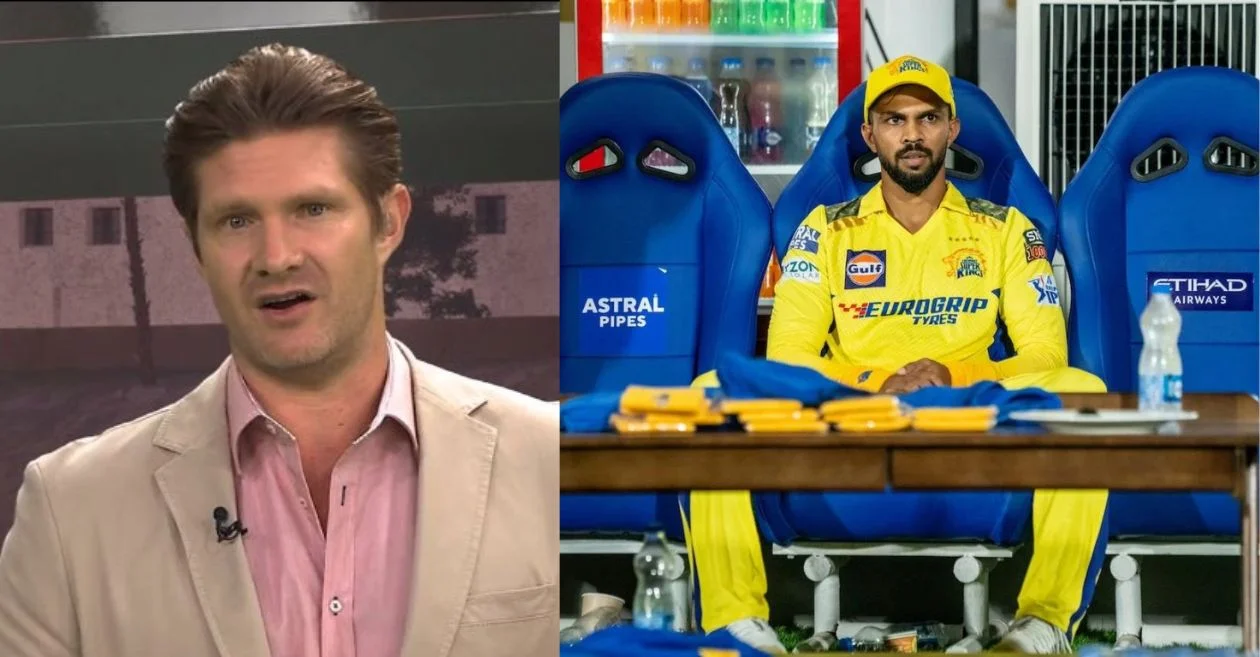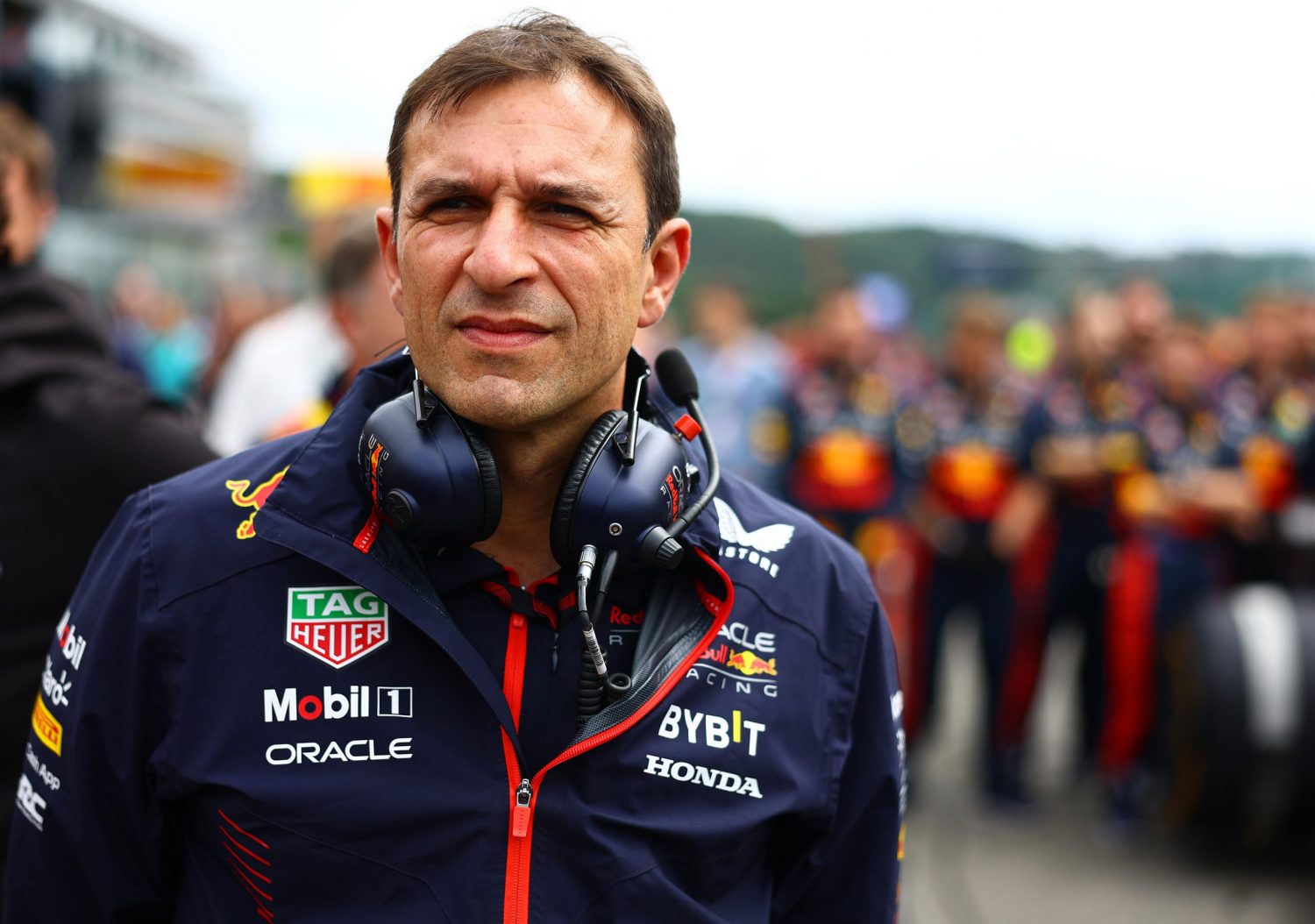
The Jets just keep signing wide receiver busts
The New York Jets signed free agent wide receiver Allen Lazard to a four-year, $44 million contract ahead of the 2023 season. At the time, Aaron Rodgers coming to the Jets was still a pipe dream, but Lazard was reuniting with his former offensive coordinator, Nathaniel Hackett. The 27-year old, who went undrafted at the start of his career, had successfully earned a long-term deal thanks to a career-year in 2022 as one of Rodgers’ favorite targets.
Not much went right from that point onwards. With Rodgers injured, Lazard struggled to find any chemistry with Zach Wilson and had issues with penalties and drops. He ended the season with a catch rate below 50 percent, only 23 catches and a couple of healthy scratches. That was a big drop-off from 60 catches for almost 800 yards in the previous season.
At the end of the year, Robert Saleh was candid, tellingly stating that Lazard would be with the team for one more year, essentially suggesting the team was stuck with him for the next season due to his contractual status but that he didn’t hold old much hope that he’d prove worthy of remaining any longer than that.
The Jets have had some great wide receivers in their history, but most of them have been home grown. While they’ve had a few successes trading for the likes of Braylon Edwards, Santonio Holmes and Brandon Marshall in the free agency era, they have a long history of free agency acquisitions that failed to replicate their former glories with the team.
Let’s go back through Jets history to recap some of these:
1994 – Art Monk
The Hall of Famer Monk is remembered as one part of the Jets’ ill-fated spending spree in just the second season of free agency. The Jets bolstered their defense and looked like a postseason contender with a month left in the season, but they fell flat at the end of the year.
The offense was awful but, in Monk’s defense, it’s not like he was relied upon to carry them or anything. Having had five thousand-yard seasons in the past, his numbers had already started to tail off before the Jets had signed him and he even outproduced his previous season with 46 catches for almost 600 yards. He’s still remembered as the first in a long line of free agent receiver flops, though, whether that’s fair or not.
1996 – Jeff Graham
The Rich Kotite era was obviously a disaster and Graham was unable to elevate the team coming off a 1,300 yard season. He wasn’t that bad – 50 catches for almost 800 yards and a career-high six touchdowns despite missing five games, but a bright spot on a one-win team is hardly worth getting excited over. His numbers improved once he left the Jets after the following season.
2001 – Matthew Hatchette
This was by no means a blockbuster addition but still warrants mentioning because of just how far short of expectations the player fell. The Jets didn’t have a lot of cap space but thought they might have found a diamond in the rough with a player who had made some plays but been limited in terms of his playing time due to sitting behind Cris Carter and Randy Moss with the Vikings.
The Jets were hoping for a breakout season, but instead Hatchette caught just two passes on 15 targets and ended up permanently benched.
2003 – Curtis Conway
The 2003 Jets, once again low on cap space, signed Conway to a reasonable deal after failing to retain Laveranues Coles. Having had three thousand-yard seasons in the past, the 32-year old had racked up 852 yards in the previous season despite missing three games. With the Jets, he fell short of expectations with 46 catches for 640 yards. The following year, the Jets traded a second-round pick for Justin McCareins, with similarly underwhelming results.
2011 – Plaxico Burress
Burress is a rare example of a player who put up better stats in his first year with the Jets than he had in the previous few seasons, but only because he didn’t play at all due to a prison sentence and an NFL suspension. He had been a thousand-yard receiver in his last full season. Burress led the Jets with eight touchdown catches but had just 45 catches for 612 yards and offered virtually nothing after the catch. At least it was just a one-year deal.
The Jets also signed Derrick Mason late that year, but the aging veteran lasted just five games coming off a 61-catch season and made no impact whatsoever.
2012 – Chaz Schilens
Schilens is remembered as another receiver who was a bad signing, but this was another reasonably-priced acquisition of a player who had shown flashes in a rotational role, and the cash-strapped Jets hoped to get more out of him. His numbers were underwhelming – 28 catches for 289 yards and two scores – but actually almost matched his career highs. He was out of the league after one year as a Jet.
2014 – Eric Decker
The exception that proves the rule, Decker signed for the Jets and led them in receiving with 74 catches for 962 yards and five touchdowns, then followed that up with a thousand-yard season as Brandon Marshall’s 1a. However, even this was a step down in production from what he had achieved with the Broncos before joining the team.
2019 – Jamison Crowder
Okay, so Decker wasn’t the only success story. Crowder also had a productive first season with the Jets after signing a three-year deal and led the team in receiving again the following year. The teams he played for were highly unsuccessful though.
2020 – Breshad Perriman
The Jets lost Robby Anderson (now Robbie Chosen) in free agency but moved quickly to sign Breshad Perriman, who was probably the best receiver still on the market. He was regarded as a draft bust, but then broke out at the end of the previous season with 506 yards in the last five games to put him among the league leaders over that span.
With the Jets, who began the season 0-13 before ending up 2-14, Perriman only racked up 505 yards all season, on 30 catches.
2021 – Corey Davis
Davis looked to be a solid signing, as he was coming off a season where he came up just 16 yards short of a thousand, despite missing a couple of games. With the Jets he started off both his first and second seasons as the team’s leading receiver, but he struggled to stay healthy and his production slipped as the season went along. He barely surpassed 1000 yards in his first two seasons with the team, then retired ahead of his third season.
The Jets also signed Keelan Cole that offseason, another player who looked like he might be set to break out as he entered his prime. He had 55 catches for 642 yards in the previous season, but just 28 catches with the Jets.
Conclusions
Clearly Lazard is nothing unique in Jets history. If anything, his performance should perhaps have been something we all anticipated. When looking beyond sheer bad luck for reasons why this pattern keeps repeating itself, the inconsistent quarterback play is an obvious one.
Lazard was definitely a bad signing, albeit one where some hope still remains that once he’s reunited with a healthy Rodgers, he can produce like he has in the past. He certainly was nothing unprecedented in terms of being a free agent bust, though. In fact, there were two others – Mecole Hardman and Randall Cobb – on last year’s team who produced next to nothing despite recent success elsewhere.
As Saleh’s comments indicate, Lazard will be on the team next year, but it seems like the idea of him being a starter has already been abandoned. Whether he can have a better year in more of a rotational role remains to be seen, but it looks clear that the Jets are already planning to upgrade.
How they go about finding that upgrade might be something the team needs to consider carefully. Based on Jets history, a draft pick or trade acquisition might be more likely to be successful than a free agent. Then again, if Rodgers is healthy, maybe the inconsistent quarterback play that was a factor in previous failures will no longer be relevant.






 " title="
" title="









You must be logged in to post a comment Login